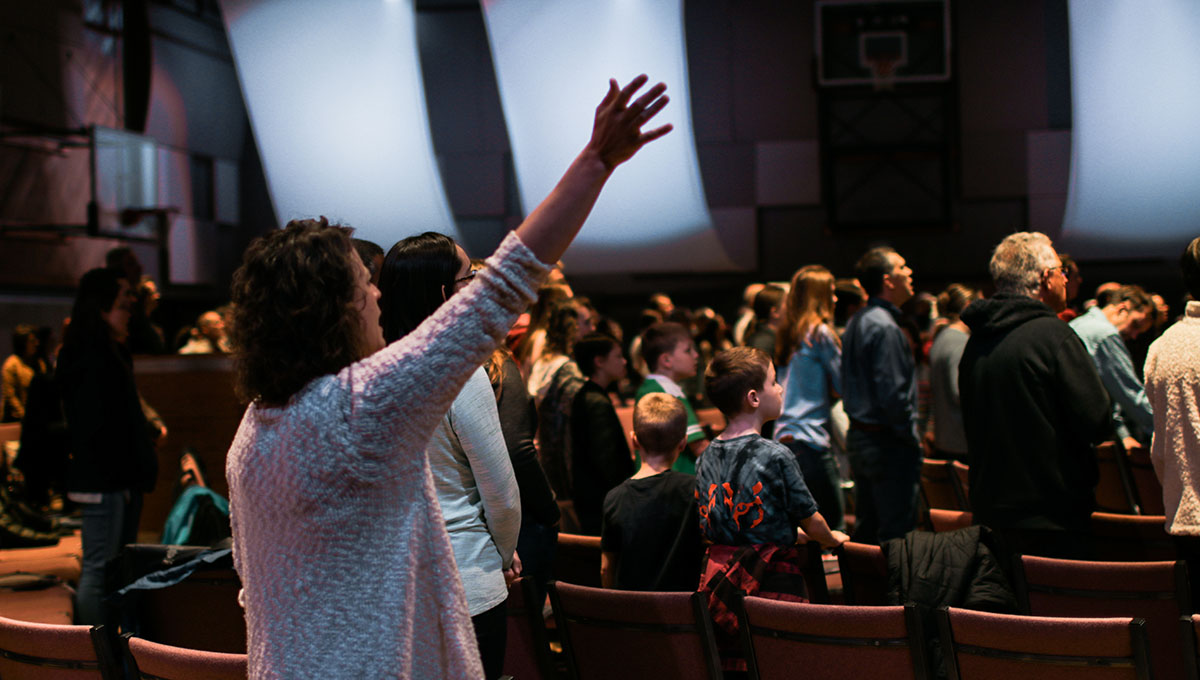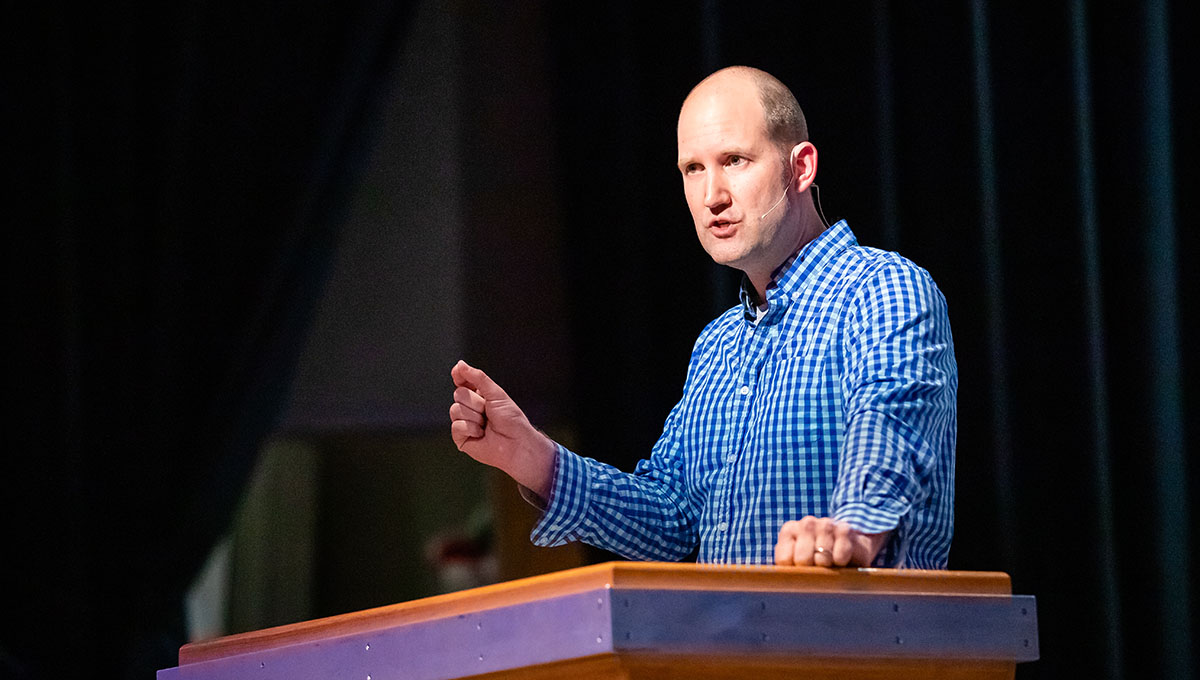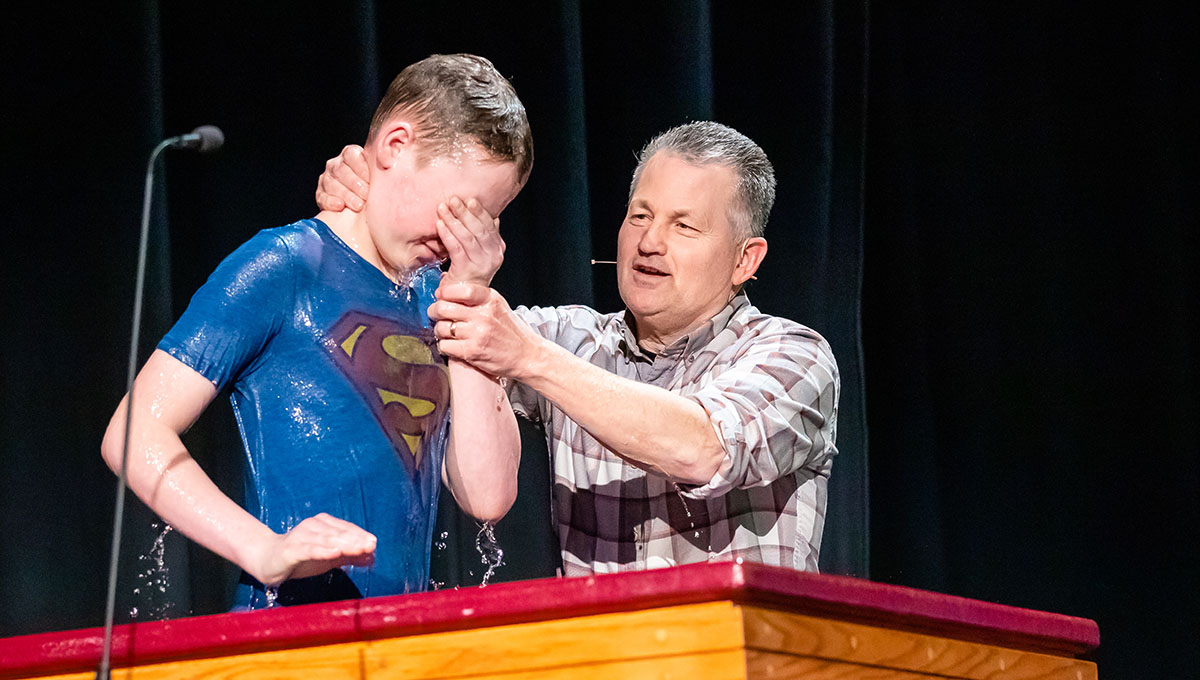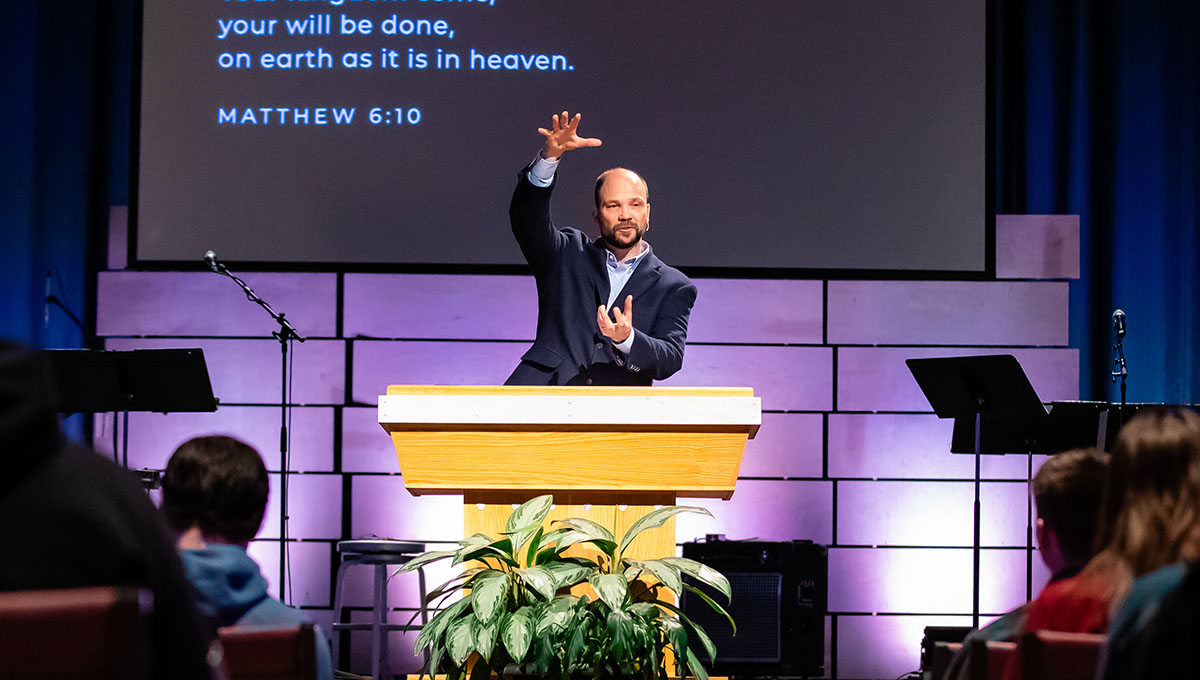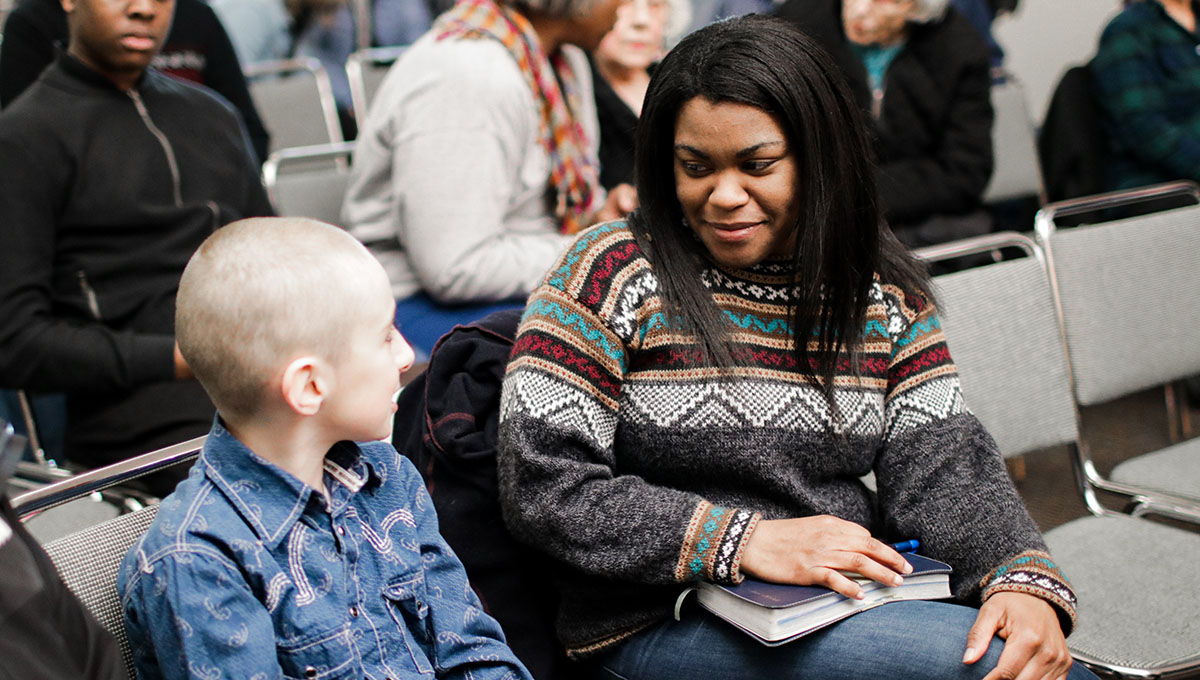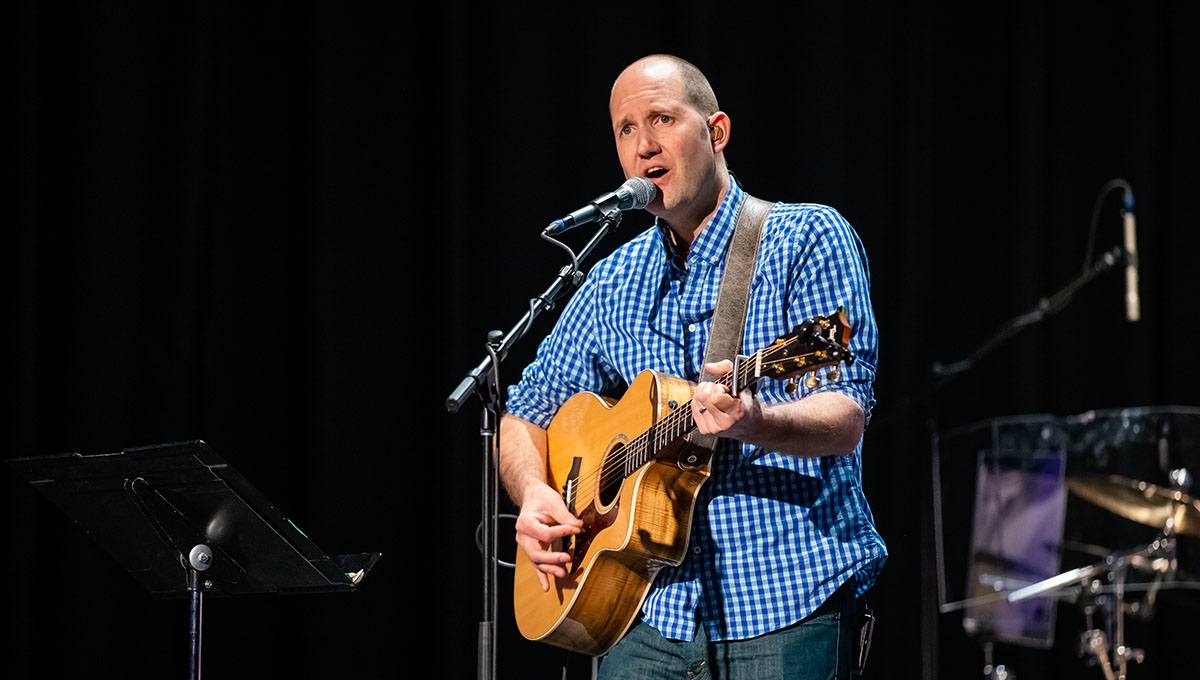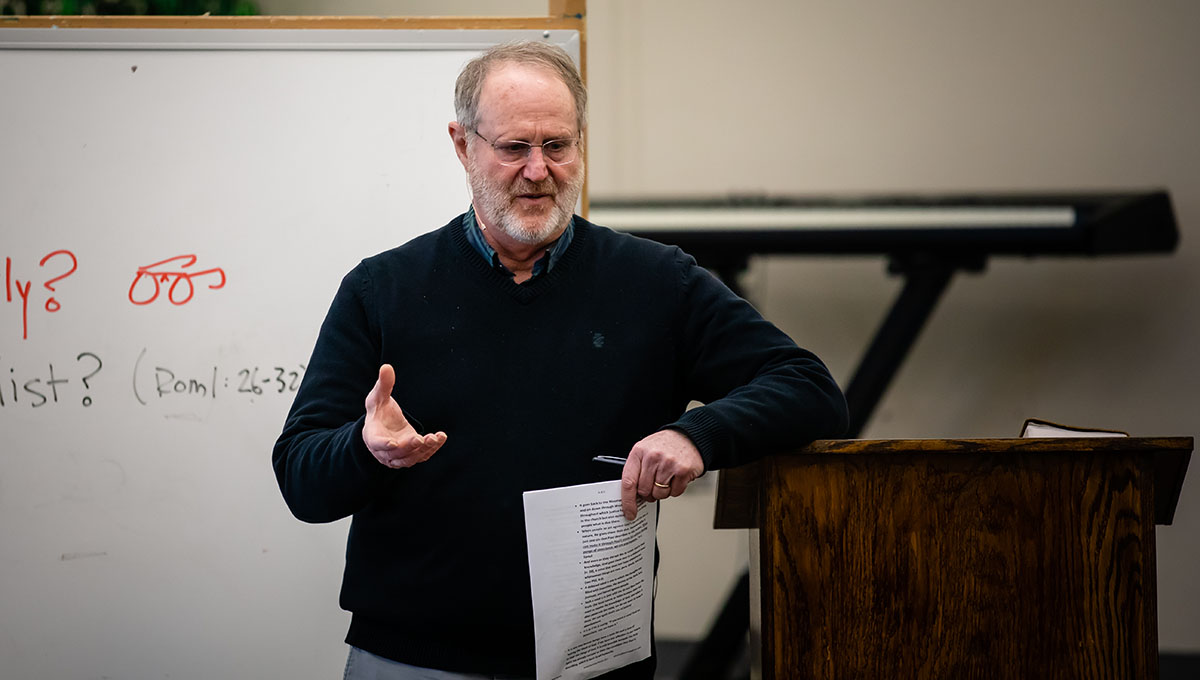The Lord’s Supper
- Jeff Crotts
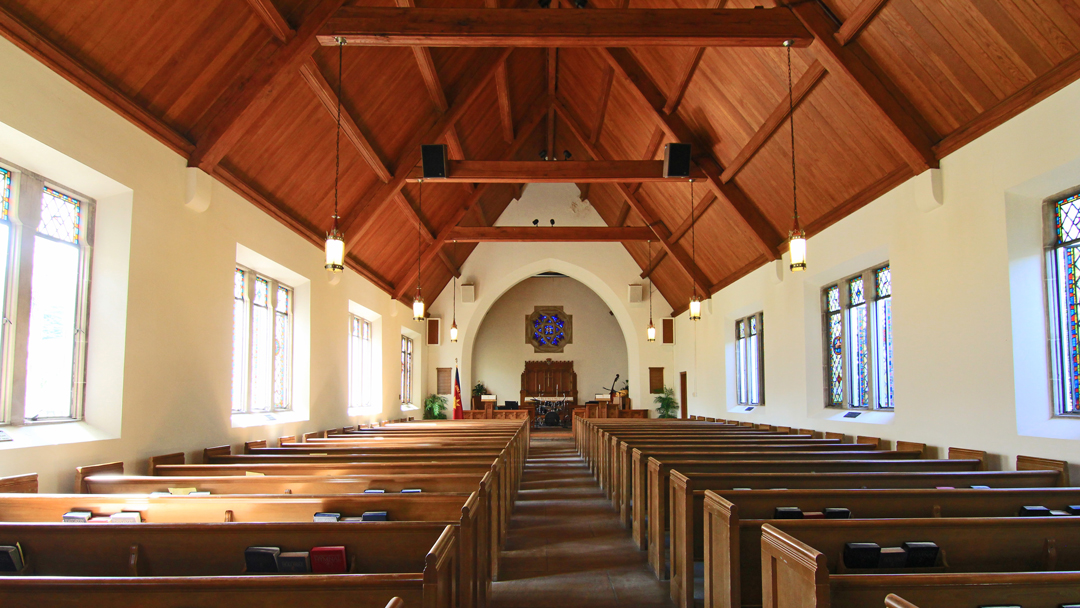
I am a big proponent of children being present during corporate church worship services. I put this under the category of personal preference but believe deep impressions are made on children as they observe their parent or parents worship. Along with other adults. This is why I regularly say, “Kids and babies are welcome to stay during the worship hour.”
Personally, as a child, I vividly remember sitting next to my parents at church. Once a month at the close of that service, my parents (with the rest) would observe an especially sacred moment we call communion. When the bread and the cup were passed, I knew something different was happening. Something different, something unusual. The small cubes of bread and small cups filled with juice were off limits to me, not even to touch. My parents in hushed tones explained what was going on and while they did so, I did not always make it easy on them. Owen, my youngest, who like me as a child, had a lot of curious energy, one time seeing the red juice passing by (at AGC) said, “So, God’s dead?” His mother worked that through…
Back to my childhood, at the close of communion, we would stand and sing the chorus “Blessed be the ties that bind our hearts in Christian love…” And, as we sang, the sweet smell of grape juice wafted in the air offering a strong sense of corporate family. This was always felt. By the last line of the hymn, Pastor Moore would have worked his way to the back of the church and there he would always say, “When they had sung a hymn they went out.” Our cue to leave.
Communion made deep impressions on me throughout my Christian life and continues to do so to this day.
And as they were eating, he took bread, and after blessing it broke it and gave it to them, and said, “Take; this is my body.” And he took a cup, and when he had given thanks he gave it to them, and they all drank of it. And he said to them, “This is my blood of the covenant, which is poured out for many. Truly, I say to you, I will not drink again of the fruit of the vine until that day when I drink it new in the kingdom of God.” And when they had sung a hymn, they went out to the Mount of Olives. (Mark 14:22-26)
From 1555 to 1558, a tyrannical queen ruled over England by striking fear and exerting control over the Church of England. Queen Mary known as Bloody Mary burned at the stake 288 Protestant believers for taking a contrary position on the Lord’s Supper. These victims categorically ranged from bishops and archbishops to women and children: 55 women and 4 children died. Names like John Rogers, Nicholas Ridley, Hugh Latimer and Thomas Cranmer might sound familiar. All of them died over the meaning of the Lord’s Supper.
The Church of England errantly believed “the real presence” of the body and blood of Christ were literally in the elements of bread and wine in the Lord’s Supper. According to puritan pastor J.C. Ryle and Foxes book of Martyrs, men and women who would not confess that the elements were “corporally, literally, locally, and materially” inhabited by Christ were burned!
The question is whether this issue was worth dying for. For Queen Mary, this was as much a political matter of control as anything else, but for believers, the clarity of the true Gospel was at stake (pun intended).
J.C. Ryle in his book Light From Old Times points out that when The Lord’s Supper moves from a sacrament to a sacrifice it is spoiled (corrupted!). If Christ is re-crucified repeatedly in the minds of worshippers then this is heresy. Losing the gospel itself, practicing falsehood. Making a statement that Christ’s work is not truly sufficient to save. This denies Christ’s declaration, “It is finished!” (John 19:30).
Another notable threat on the meaning of communion surfaced during the 1750’s in North Hampton, Massachusetts. A local church pastor by the name of Jonathon Edwards was fired by his church over the his position he held. A pastorate Edwards inherited from his maternal grandfather, Solomon Stoddard, melted down over what was called the “half-way covenant.” Kids and grandkids of parent and grandparent church members were automatically confirmed and baptized into the church solely based on their bloodline. The straw that broke the proverbial camel’s back was that these kids were expected to observe communion. Participating without first making a profession of faith! Edwards, the greatest theologian and philosophical mind produced in our country did not agree, stood against it, and was summarily dismissed.
As a church in the 21st Century, we have an opportunity to live according to God’s Word and to practice our faith the right way, by Scripture. This brings me full circle on kids worshipping in church. Kids are influenced by so many things they observe. We know they are sponges! Children often will not understand the full weight and gravity of things said from the pulpit or taking place during the service but they nevertheless feel it. The weight of sermons, songs, and practices strike deeply in the heart. Impressions are indelible. People have both died and suffered for the sacredness and clarity of the Gospel. Celebrating our prized Gospel as our kids observe us is an incomparably valuable activity.


